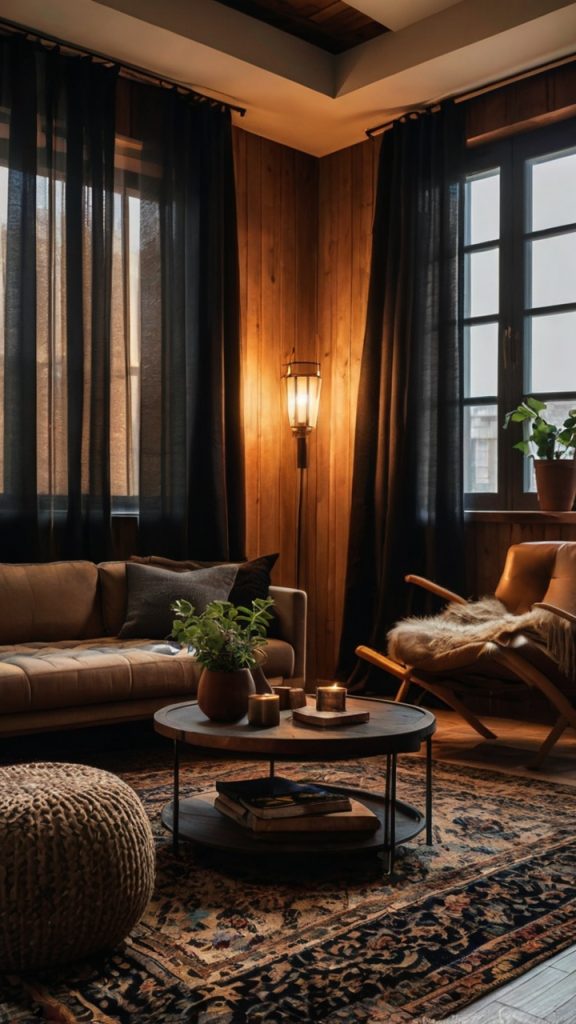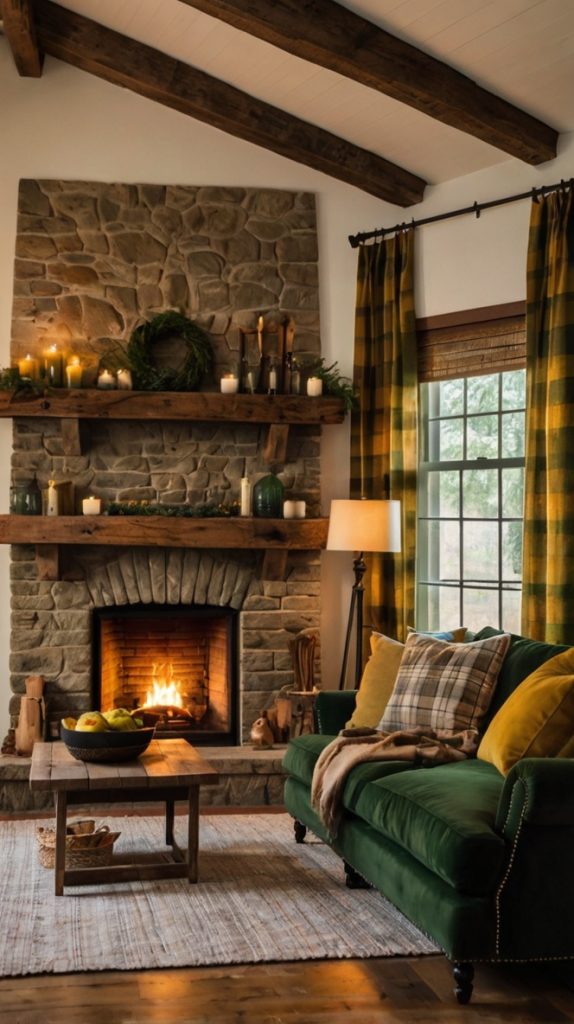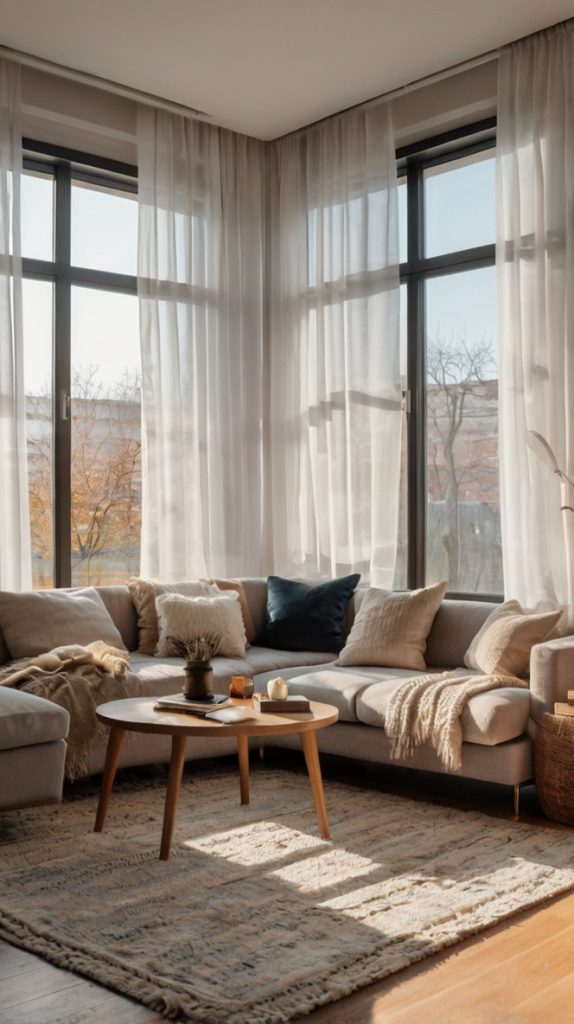10 Modern Office Design Trends for a More Productive and Engaging Workplace

In the fast-paced world of business, the design of an office space plays a crucial role in fostering productivity, creativity, and employee well-being.
Modern office design is no longer just about aesthetics; it’s about creating an environment that supports the unique needs of a diverse workforce. This blog post explores 10 modern office design trends that can transform your workspace into a more productive and engaging environment.
Whether you’re a business owner, a facilities manager, or an interior designer, these trends offer valuable insights into creating a workspace that enhances both performance and morale.
Trend 1: Biophilic Design
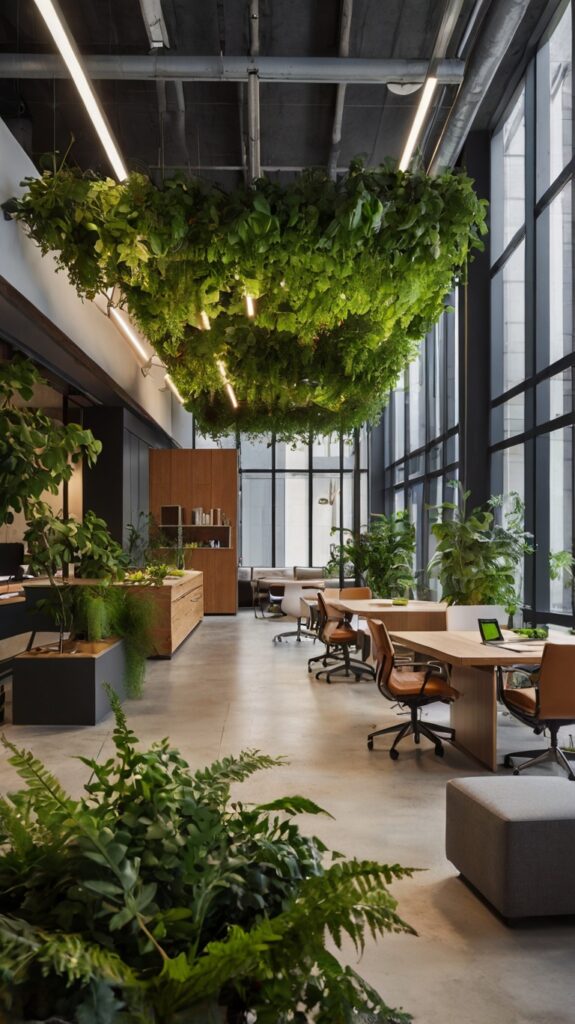
What is Biophilic Design?
Biophilic design is an approach that integrates natural elements into the built environment. This trend emphasizes the use of plants, natural light, and natural materials to create a more soothing and productive workspace. Studies have shown that biophilic design can reduce stress, enhance creativity, and improve well-being.
Key Elements of Biophilic Design
- Indoor Plants: Adding plants to your office can improve air quality and create a more calming atmosphere.
- Natural Light: Maximizing natural light can boost mood and energy levels. Consider using large windows, skylights, and light-reflecting surfaces.
- Natural Materials: Using materials like wood, stone, and bamboo can create a more organic and inviting environment.
- Water Features: Incorporating water features, such as fountains or aquariums, can add a sense of tranquility.
Case Study: Google’s Biophilic Office
Google’s offices are a prime example of biophilic design in action. Their spaces are filled with plants, natural light, and natural materials, creating a workspace that feels more like a garden than a corporate office. This design not only enhances employee well-being but also fosters creativity and collaboration.
Also Read: 10 Interior Design Living Room Ideas to Transform Your Space
Trend 2: Flexible Workspaces
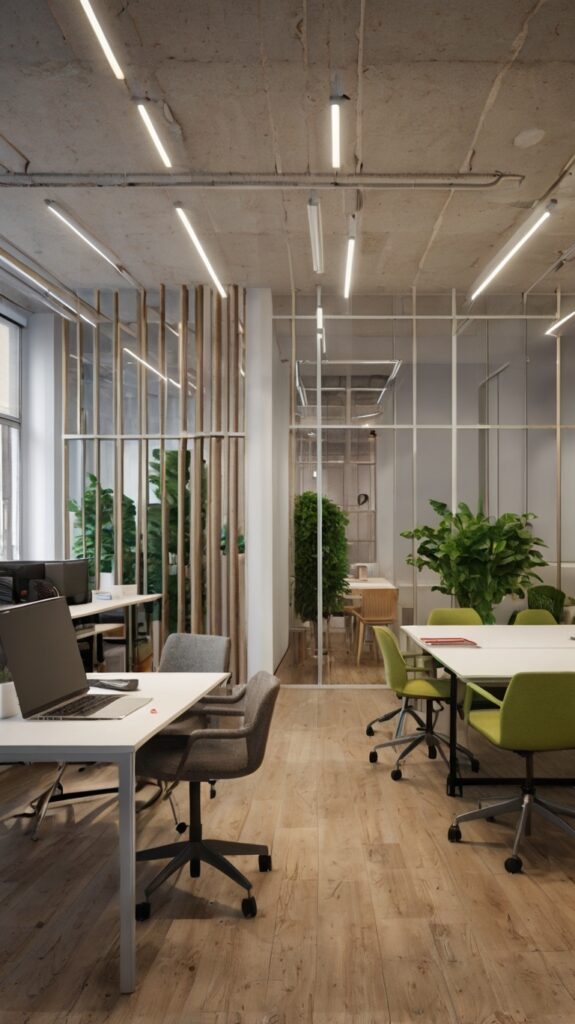
The Rise of Flexible Workspaces
Flexible workspaces, also known as agile workspaces, are designed to support a variety of work styles and activities. These spaces can easily be reconfigured to meet the changing needs of employees, from individual focus work to collaborative team projects.
Benefits of Flexible Workspaces
- Increased Flexibility: Employees can choose the type of workspace that best suits their current task, whether it’s a quiet nook for concentration or a collaborative area for brainstorming.
- Improved Collaboration: Flexible spaces encourage interaction and communication, leading to more innovative ideas.
- Better Space Utilization: By using modular furniture and multi-purpose areas, businesses can make the most of their available space.
Case Study: WeWork’s Flexible Office Spaces
WeWork is a leading provider of flexible office spaces. Their designs feature open areas, private rooms, and communal spaces, allowing businesses to adapt their workspace as needed. This flexibility supports a dynamic and productive work environment.
Trend 3: Ergonomic Furniture
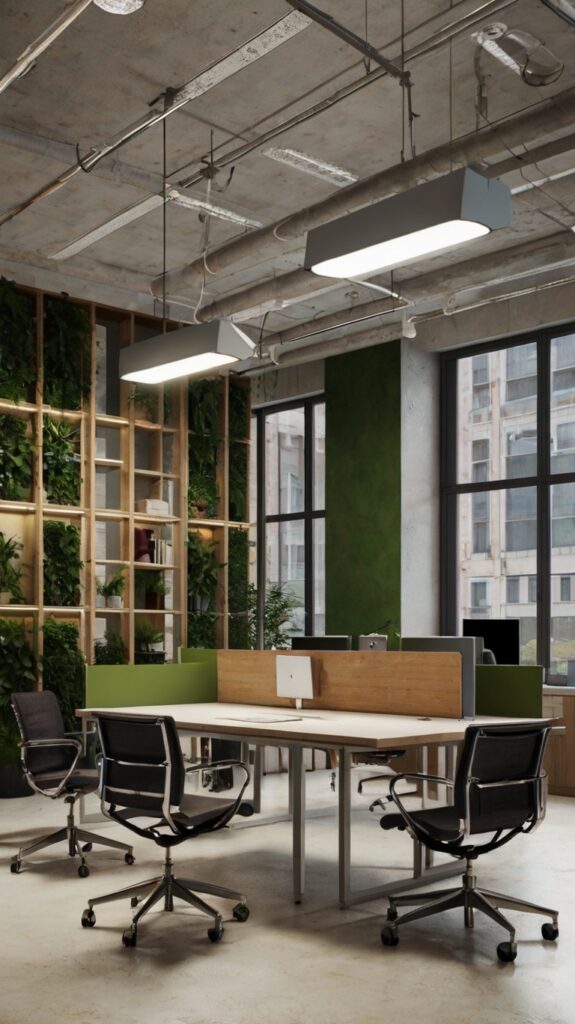
The Importance of Ergonomic Furniture
Ergonomic furniture is designed to support the natural posture of the body, reducing the risk of strain and injury. In a modern office, ergonomic furniture is essential for maintaining the health and well-being of employees.
Key Features of Ergonomic Furniture
- Adjustable Chairs: Chairs that can be adjusted for height, lumbar support, and armrests can help prevent back pain and improve comfort.
- Standing Desks: Standing desks allow employees to alternate between sitting and standing, reducing the health risks associated with prolonged sitting.
- Ergonomic Keyboards and Mice: These devices are designed to reduce strain on the hands and wrists, making them more comfortable to use over long periods.
Case Study: Steelcase’s Ergonomic Solutions
Steelcase is a leader in ergonomic office furniture. Their products, such as the Gesture Chair and the Series 2 Sit-to-Stand Desk, are designed to support a wide range of body types and work styles, ensuring that employees can work comfortably and productively.
Trend 4: Smart Technology Integration
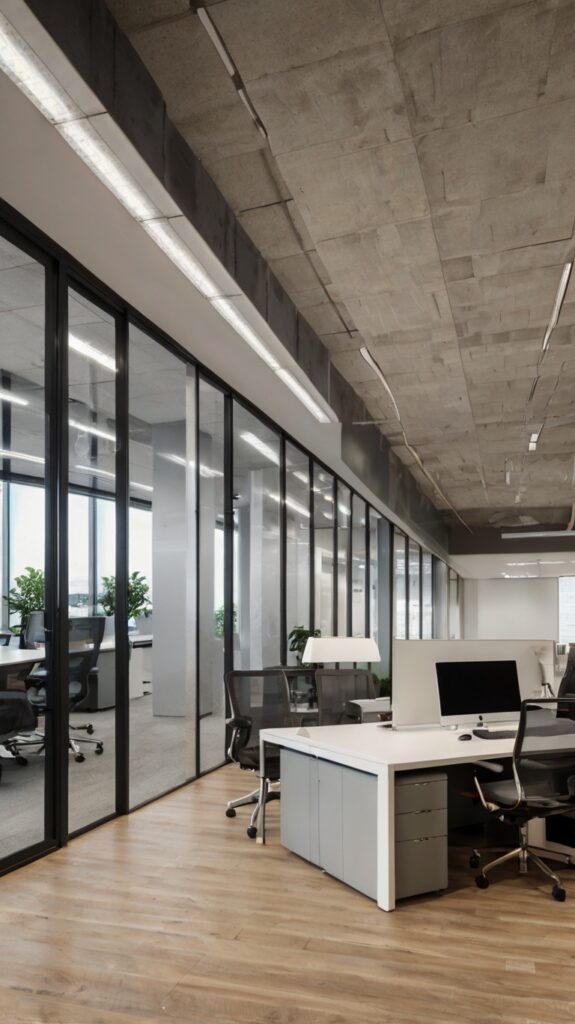
The Role of Smart Technology in Modern Office Design
Smart technology is revolutionizing the way we work. From smart lighting and temperature control to advanced collaboration tools, technology can enhance the functionality and efficiency of a modern office.
Key Technologies to Consider
- Smart Lighting: Lighting systems that can be controlled via smartphones or voice commands can create a more comfortable and energy-efficient environment.
- Temperature Control: Smart thermostats can adjust the temperature based on occupancy and preferences, ensuring a comfortable workspace.
- Collaboration Tools: Video conferencing systems, digital whiteboards, and cloud-based collaboration tools can facilitate remote work and team collaboration.
Case Study: Microsoft’s Smart Office
Microsoft’s offices are equipped with cutting-edge technology, including smart lighting, temperature control, and advanced collaboration tools. These technologies not only enhance the work experience but also support sustainability goals by reducing energy consumption.
Also Read: 20 Creative Office Desk Decor Ideas to Boost Your Productivity
Trend 5: Sustainable Design
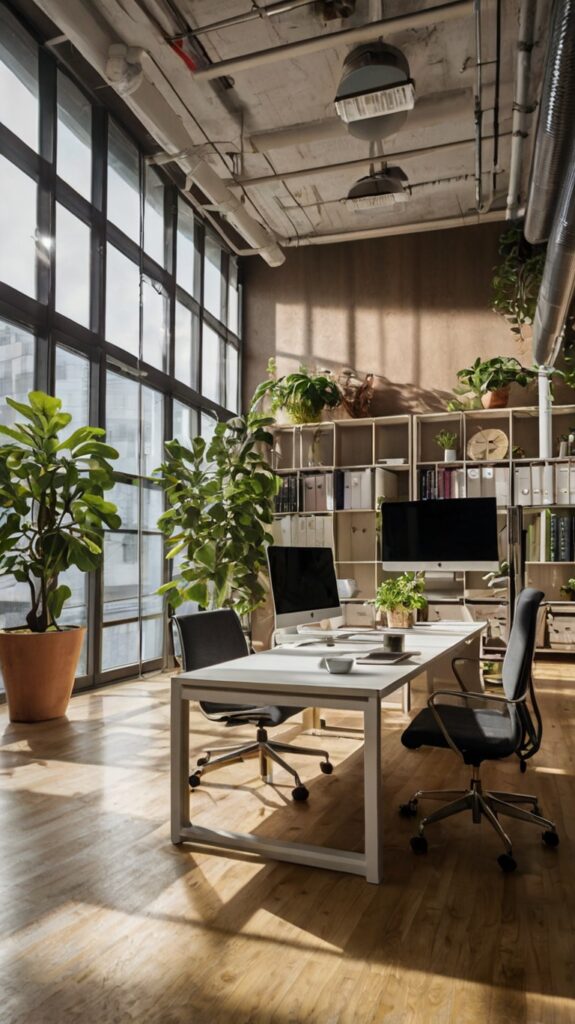
The Growing Importance of Sustainability
Sustainability is no longer just a buzzword; it’s a critical consideration in modern office design. Sustainable design focuses on minimizing environmental impact and promoting eco-friendly practices.
Key Elements of Sustainable Design
- Energy Efficiency: Using energy-efficient lighting, HVAC systems, and appliances can significantly reduce energy consumption.
- Green Materials: Choosing sustainable materials, such as recycled wood and low-VOC paints, can reduce the environmental impact of your office.
- Waste Reduction: Implementing recycling programs and reducing paper usage can help minimize waste.
- Water Conservation: Installing low-flow faucets and water-efficient fixtures can conserve water and reduce utility costs.
Case Study: Apple’s Sustainable Office
Apple’s headquarters, Apple Park, is a prime example of sustainable design. The building features a green roof, solar panels, and a rainwater collection system, making it one of the most environmentally friendly office buildings in the world.
Trend 6: Multifunctional Spaces
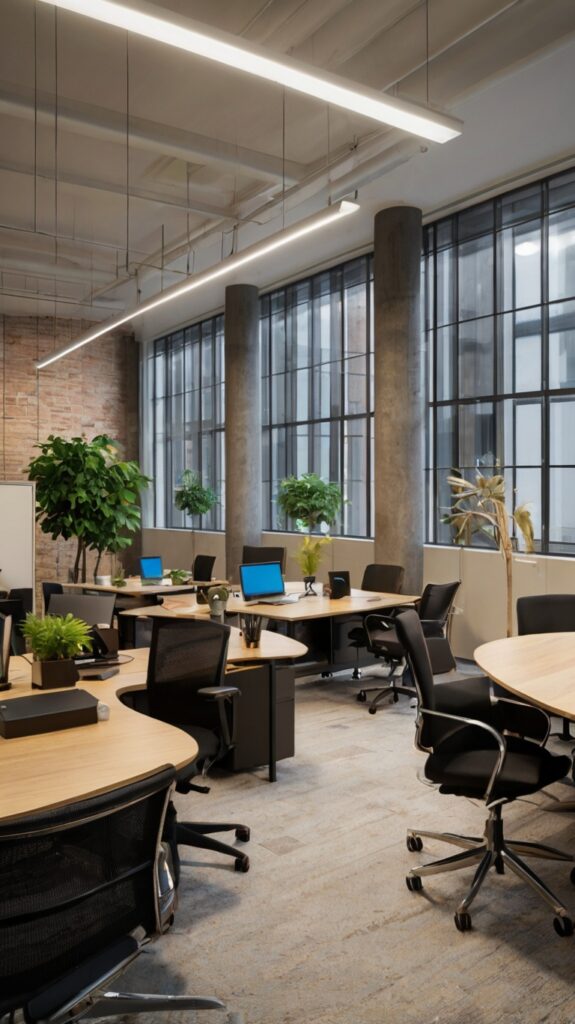
The Concept of Multifunctional Spaces
Multifunctional spaces are designed to serve multiple purposes, allowing businesses to make the most of their available space. These spaces can be easily reconfigured to meet the changing needs of the workforce.
Benefits of Multifunctional Spaces
- Space Efficiency: By using furniture that can serve multiple functions, businesses can reduce the amount of space needed for different activities.
- Cost Savings: Multifunctional spaces can reduce the need for additional office equipment and furnishings.
- Flexibility: These spaces can be adapted to support various work styles and activities, from meetings to quiet work.
Case Study: Airbnb’s Multifunctional Office
Airbnb’s office in San Francisco features multifunctional spaces that can be transformed from meeting rooms to relaxation areas. This design allows employees to use the space in a way that best suits their needs, enhancing productivity and well-being.
Trend 7: Acoustic Design
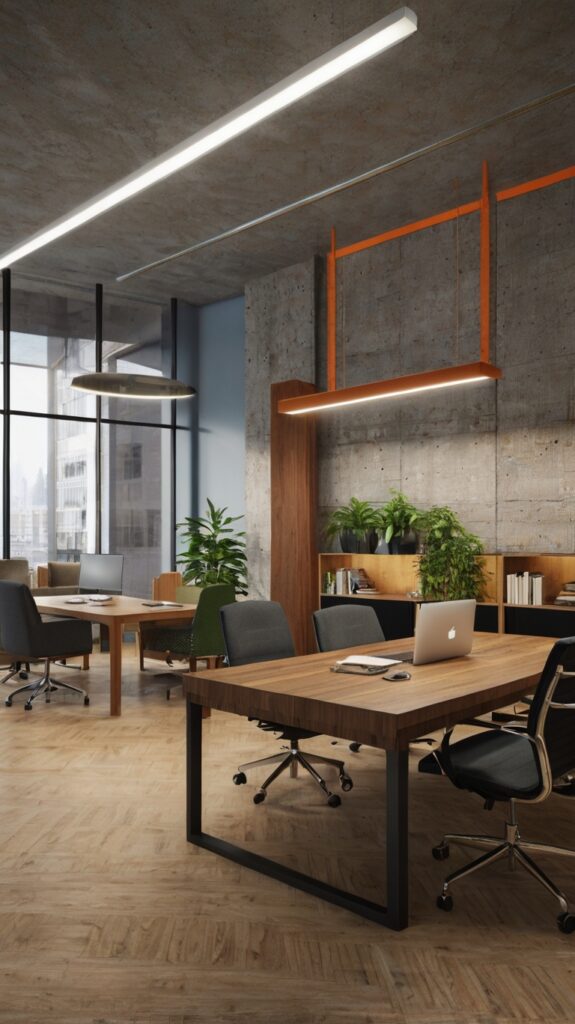
The Importance of Acoustic Design
Noise pollution is a common issue in modern offices, and it can significantly impact productivity and well-being. Acoustic design focuses on creating a more peaceful and focused work environment by reducing noise levels.
Key Elements of Acoustic Design
- Sound-Absorbing Materials: Using materials like acoustic panels, carpets, and curtains can help absorb sound and reduce noise levels.
- Quiet Zones: Designating specific areas for quiet work can help employees focus and reduce distractions.
- White Noise Machines: These devices can mask background noise and create a more peaceful environment.
Case Study: Facebook’s Acoustic Office
Facebook’s offices are designed with acoustic considerations in mind. The use of sound-absorbing materials and quiet zones helps create a more focused and productive work environment.
Trend 8: Art and Aesthetics
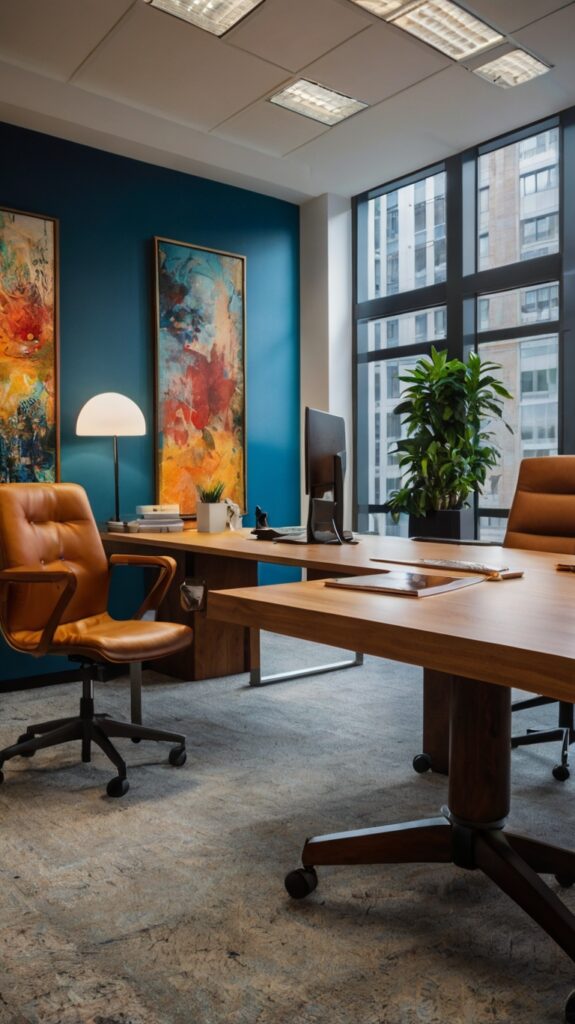
The Role of Art and Aesthetics in Modern Office Design
Art and aesthetics can have a significant impact on the atmosphere and mood of an office. Incorporating art and design elements can create a more inspiring and engaging workspace.
Key Elements of Art and Aesthetics
- Wall Art: Displaying artwork can add color and personality to your office, making it a more enjoyable place to work.
- Color Psychology: Using colors that promote productivity and well-being, such as blues and greens, can enhance the work environment.
- Decorative Elements: Adding decorative elements like rugs, plants, and sculptures can create a more inviting and comfortable space.
Case Study: Spotify’s Art-Filled Office
Spotify’s offices are known for their vibrant and artistic design. The use of bold colors, unique wall art, and creative decor elements creates a workspace that is both inspiring and enjoyable.
Also Read: 15 Inspiring Western Office Decor Ideas to Transform Your Workspace
Trend 9: Health and Wellness

The Focus on Health and Wellness
Health and wellness are becoming increasingly important in modern office design. Creating a workspace that supports physical and mental health can lead to a more productive and engaged workforce.
Key Elements of Health and Wellness
- Ergonomic Workstations: Providing ergonomic furniture and equipment can reduce the risk of strain and injury.
- Wellness Programs: Offering wellness programs, such as fitness classes and mental health resources, can support employee well-being.
- Healthy Snacks and Beverages: Providing healthy snacks and beverages can promote better nutrition and energy levels.
- Quiet Rooms: Designating quiet rooms for relaxation and meditation can help reduce stress and improve mental health.
Case Study: Google’s Health and Wellness Initiatives
Google is known for its comprehensive health and wellness programs. Their offices feature ergonomic workstations, on-site fitness centers, and a variety of healthy food options, creating a workspace that supports both physical and mental health.
Trend 10: Remote and Hybrid Workspaces
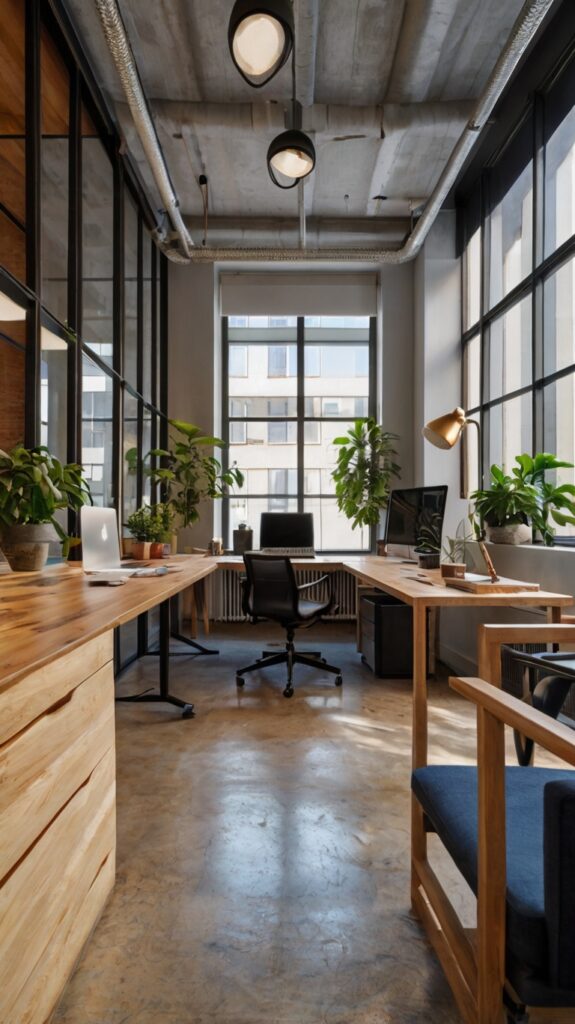
The Shift to Remote and Hybrid Work
The pandemic has accelerated the shift towards remote and hybrid work. Modern office design must now accommodate both in-person and remote employees, creating a seamless and inclusive work environment.
Key Elements of Remote and Hybrid Workspaces
- Collaboration Tools: Providing advanced collaboration tools, such as video conferencing and project management software, can facilitate remote work.
- Flexible Workspaces: Designing spaces that can be used by both in-person and remote employees can enhance collaboration and productivity.
- Secure Wi-Fi: Ensuring that your office has a reliable and secure Wi-Fi network is essential for supporting remote work.
Conclusion
Modern office design is about creating a workspace that supports the unique needs of a diverse workforce.
By incorporating trends like biophilic design, flexible workspaces, ergonomic furniture, and smart technology, businesses can create a more productive, engaging, and healthy work environment.
Whether you’re renovating an existing office or designing a new one, these trends offer valuable insights into creating a workspace that enhances both performance and well-being.
